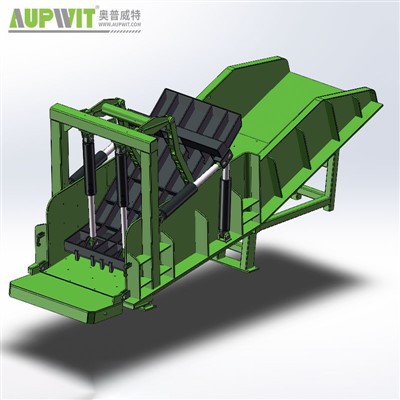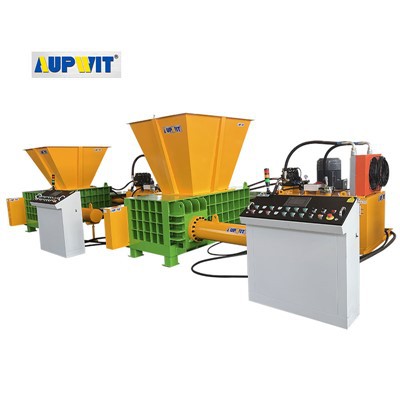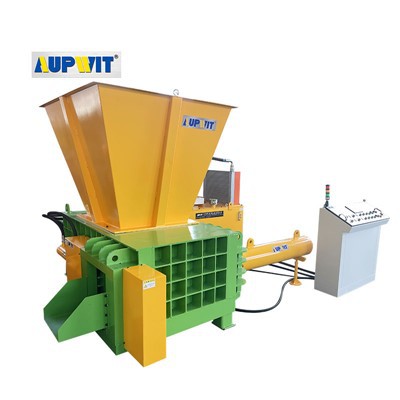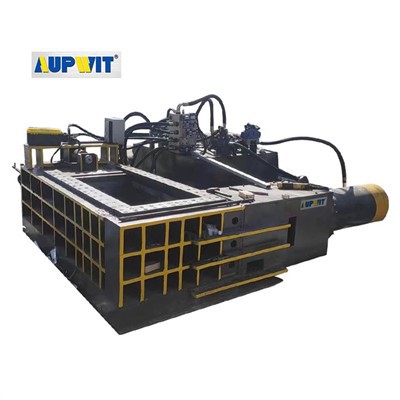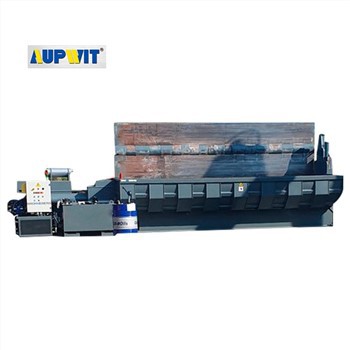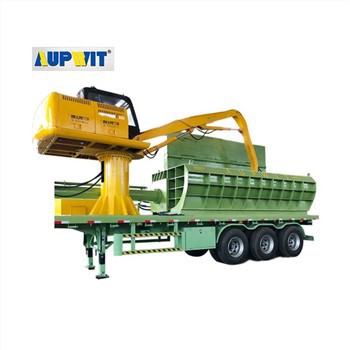Introduction
An Aluminum Briquetting Press is a specialized recycling machine that compresses loose aluminum scrap, chips, and turnings into dense briquettes. This process helps manufacturers and recyclers reduce waste volume, recover valuable cutting fluids, and increase the resale value of aluminum scrap. By implementing an aluminum briquetting press, businesses can improve efficiency, reduce costs, and support sustainable production.
What Is an Aluminum Briquetting Press?
An Aluminum Briquetting Press uses high hydraulic or mechanical pressure to convert loose aluminum chips into compact, easy-to-handle briquettes without binders. These briquettes are ideal for storage, transportation, or direct remelting in foundries, minimizing oxidation losses and improving melting efficiency.
How It Works
-
Collection – Gather loose aluminum chips from machining or cutting operations.
-
Feeding – Load the chips into the press hopper.
-
Compression – High-pressure pistons compact the chips into briquettes.
-
Discharge – Finished briquettes are ejected for storage, sale, or remelting.
This process reduces the volume of aluminum scrap by up to 90% and recovers valuable coolants trapped in chips.
Key Benefits
-
Volume Reduction – Save storage space and lower handling costs.
-
Coolant Recovery – Reclaim and reuse cutting fluids, reducing operational expenses.
-
Higher Recycling Value – Briquetted aluminum sells at a premium compared to loose chips.
-
Reduced Melting Loss – Briquettes oxidize less and melt more efficiently in furnaces.
-
Environmental Compliance – Minimize waste and support green manufacturing practices.
Applications
-
Automotive & Aerospace – Recycling aluminum turnings from precision machining.
-
Metalworking Plants – Managing aluminum scrap from CNC operations.
-
Foundries & Smelters – Feeding briquetted aluminum directly into furnaces.
-
Recycling Facilities – Processing aluminum scrap for resale.
Features to Consider When Choosing an Aluminum Briquetting Press
-
Pressing Force – Match the press force to chip density and volume.
-
Briquette Size – Common sizes range from 30 to 150 mm in diameter.
-
Automation Level – Choose manual, semi-automatic, or fully automated systems.
-
Material Compatibility – Ensure the press can handle mixed aluminum alloys.
-
Coolant Handling – Look for integrated coolant separation and filtration.
Installation and Maintenance Tips
-
Stable Foundation – Reduces vibration and ensures consistent pressing.
-
Hydraulic Oil Monitoring – Check oil levels and filters regularly.
-
Routine Cleaning – Prevent blockages and maintain efficiency.
-
Operator Training – Provide proper training for safe, efficient operation.
Market Trends
-
Rising demand for lightweight, high-value aluminum recycling solutions.
-
Adoption of IoT-enabled monitoring for predictive maintenance and data analytics.
-
Development of custom briquetting systems for specific aluminum alloy mixes.
Conclusion
An Aluminum Briquetting Press is a critical tool for manufacturers and recyclers looking to reduce waste, recover valuable coolants, and improve the efficiency of aluminum remelting. By selecting the right press and maintaining it properly, businesses can cut costs, enhance sustainability, and maximize profits.


